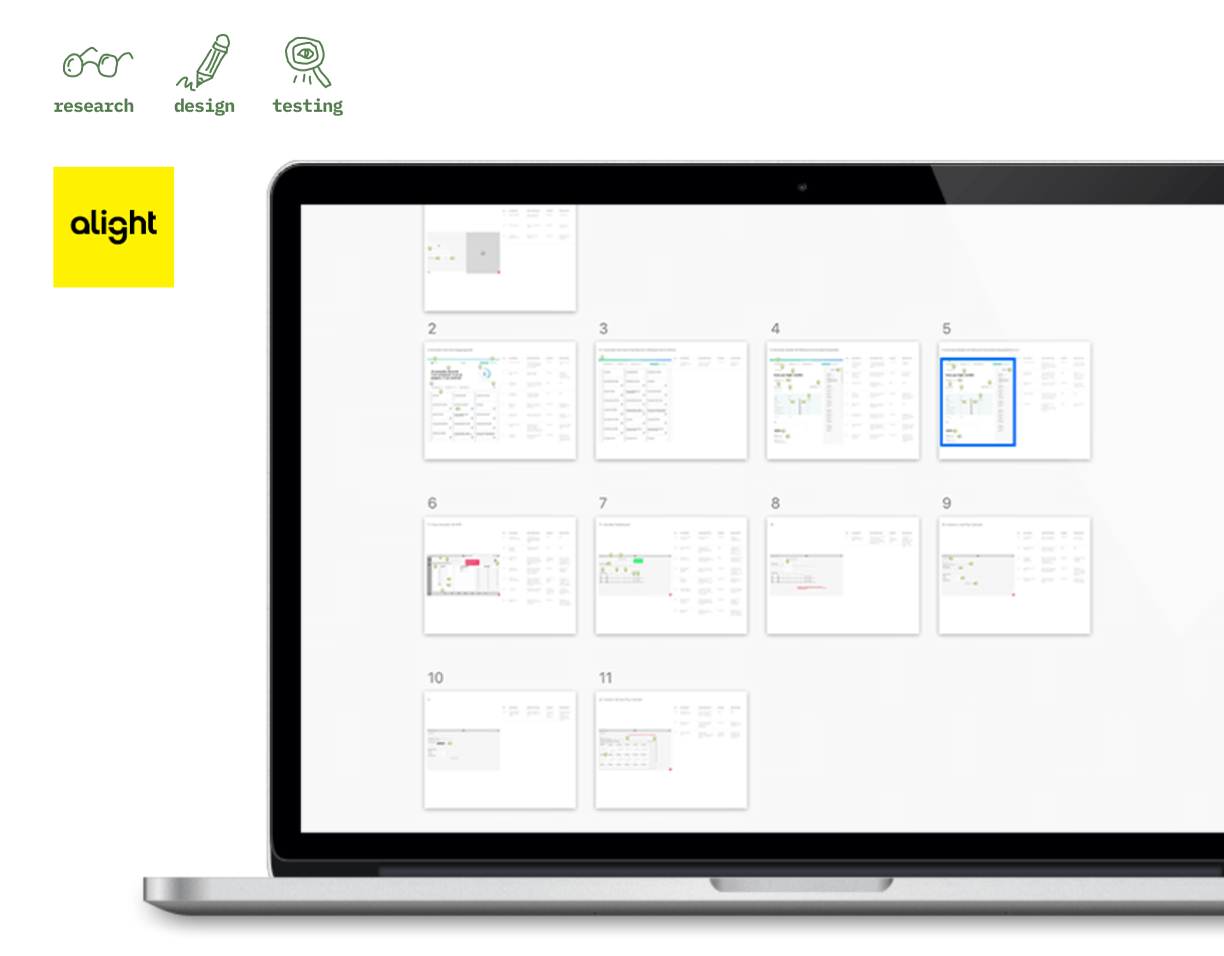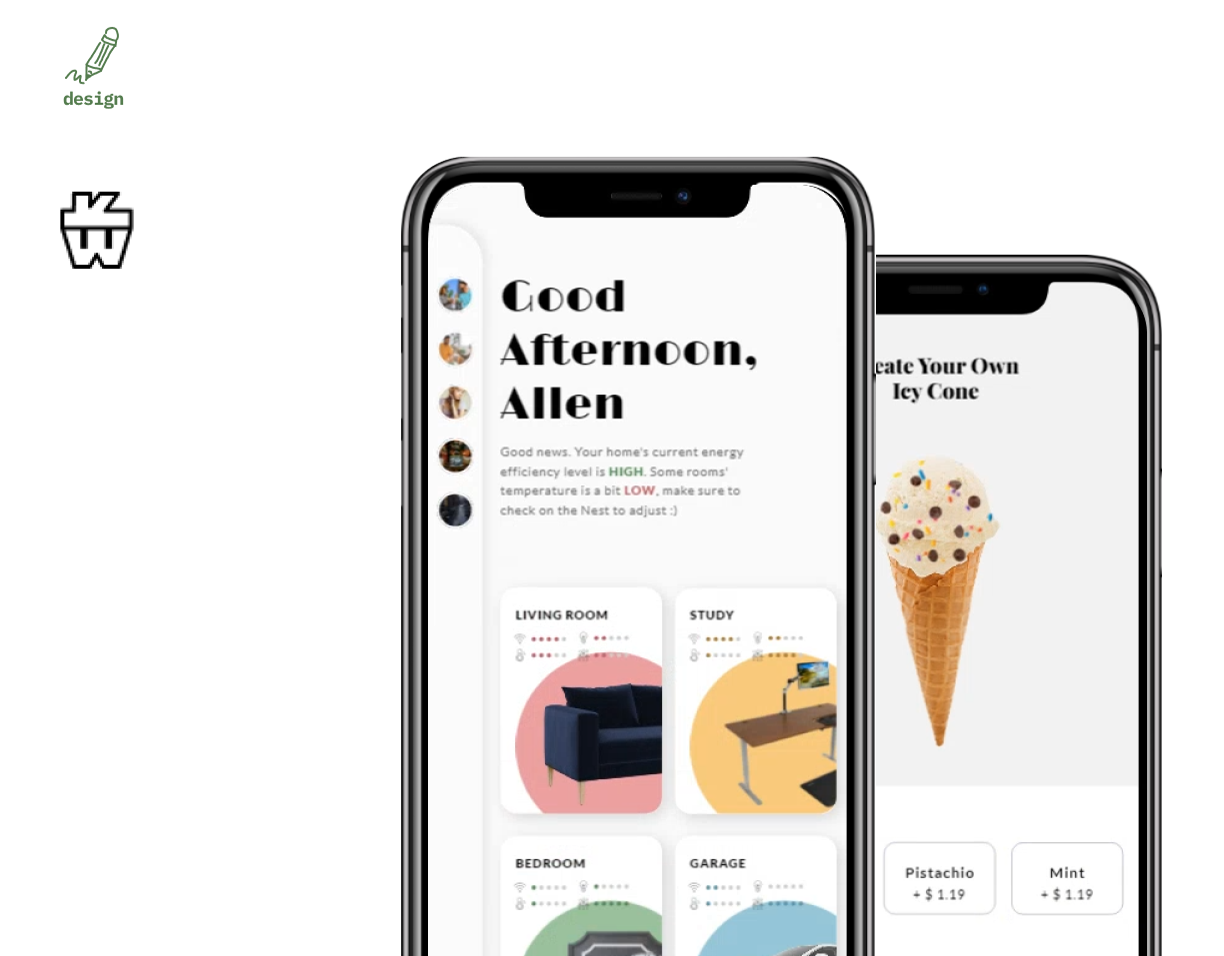Yum! Brands
Yum! Brands is the parent company for KFC, Taco Bell, Pizza Hut, and The Habit Burger. My department is called Yum'dev. My product is still under NDA so this only showcases high-level non-technical content.
My day-to-day involves: 1) conducting user and stakeholder interviews, 2) wireframing and prototyping solutions, 3) collaborating with frontend and backend developers, 4) conducting usability testing, and 5) facilitating design review/workshop/conversations.
Roles
UX Designer,
Sr. UX Designer (Promoted Feb 2022)
Sr. UX Designer (Promoted Feb 2022)
Tools Used
Sketch, Figma, Miro
MS Suite, Google Suite, Teams
Slack
MS Suite, Google Suite, Teams
Slack
Achievements
I've designed a minimum of 9 major end-to-end features, 6 small features, and 4 side projects across the web and Android. I've also led many interviews, observations, usability testing, card sorting, design workshops, and 2 ethnographic studies. In 2021, I gave a UX conference talk too.
Additionally, I have established the Design System for my product, including:
👉 craft components in Sketch and Figma,
👉 ensure design <> development collaboration,
👉 component audit and enhancements.
Recently, I also self-taught UX Writing and started taking up some microcopy work, including:
👉 content inventory,
👉 copy inventory.
👉 craft components in Sketch and Figma,
👉 ensure design <> development collaboration,
👉 component audit and enhancements.
Recently, I also self-taught UX Writing and started taking up some microcopy work, including:
👉 content inventory,
👉 copy inventory.
Overall Approach
I and another designer established Yum.dev's current UX process. Every designer on the team follows it when project timeline allows. The process has streamlined our work and improved design <> development collaboration by breaking down silos.
The process we established is similar to the double-diamond flow, where we define the right problem before we try to find the right solution.
The double diamond process for design. Credit: Wikipedia.org
Requirement Aligning
1. Scoping + Stakeholder Interviews
I start a project by understanding the problem by talking to internal stakeholders. If additional user research is needed to flesh out more details or refine a problem statement, I will add user interviews, observations, or usability testing.
2. Consolidate + Bring People Together
We serve multiple brands and when the requirements are overlapping but different for each brand, I facilitate a conversation to ensure inter/Intra-organizational alignment. When an agreement is hard to achieve, I'd also propose a middle ground.
Research
1. User Observation + Ethnographic study
I observe users interact with existing products to understand behavioral patterns/context of a problem. When conducted in users' natural context, e.g. in our brands' restaurants, it turns into an ethnographic study, where I also get a sense of the users' context of use.
2. User Inteviews
Additionally, I also interview users within the target persona to understand pain points and goals. The insights are turned into future improvements in the overall restaurant experience.
Prototyping
Once requirements are aligned, I start to explore solutions by prototyping. Given that we have an established design library, I don't necessarily go through a low-fi phase. However, I still do pen and paper sketches to help figure out the overall layout and wireflow.
Sketching in Figma and prototype in high-fi.
Testing
1. Usability Testing
Testing either design prototypes or implemented products. Research goals are set at the beginning, scripts and proper metrics will be determined before the actual testing. Both qualitative and quantitative data are documented and synthesized for proposing further changes.
Reporting quantitative data and iterating design on qualitative feedback.
2. UAT (User Acceptance Testing)
Working together with the Product team to monitor UAT feedback and incorporate it into the design.
Design Handoff
When working on complex features and with a big team, it's very important to bring the Technical Product Owner and Developer along. During a project, I schedule weekly design reviews with Product and Development where we hash out technical issues as early as possible in the design process. I also actively join Agile Grooming to ensure solid knowledge transfer to our developers.
For my Design System work, if I hand off a new component, there will be detailed spec on the 1) anatomy of the component, 2) sizes for rendering, 3) interaction details, and 4) an interactive prototype for demo.
Annotating and handoff.
Other Soft Skills
1. Collaboration
Given the product I am working on is complex enterprise software. There is a lot of collaboration with not only Product but also Development to ensure all functions connect well through the whole user journey.
In addition to bringing people together during requirement review, I also constantly talk to frontend and backend developers about technical limitations (feasibility checks).
In addition to bringing people together during requirement review, I also constantly talk to frontend and backend developers about technical limitations (feasibility checks).
2. Technical Capabilties
To work better with our developers, I voluntarily learned React.js and read our updated schema in 2020 and 2021. I've also learned how to run simple git commands when I was building our Design System. It's not a requirement for every designer, I just did it so that I can speak in our Develoopers' language and continue to propose creative solutions even on a technical push-back.
3. Workshop Facilitation
When more collaborative involvement is needed, I facilitate workshops. A list of workshops I've run before includes: UX planning, Mini Design Sprint, Component Audit, Team Check-in, UX Metrics, and Card Sorting.
4. Self-growth + Reading
While conducting my job duties, I also pay attention to self-growth and stay on trend with industry skills that match my career interests. Since I started at Yum, I've read many books like Articulating Design Decisions, Just Enough Research, Microcopy, Content Writing 101, Crucial Conversation, Inspired, and The Mind is Flat.
5. Just Figure It Out
Not every project starts with clear requirements. Not every project has the same stakeholders. However, I can be ok with ambiguity or lead efforts to clarify. It can be messy sometimes but I seem to always find a way to carry the project forward.
End Note
Above are all my main job duties in a high-level overview. I've definitely learned a lot by designing and communicating on a daily basis at Yum. There are many challenges and complex problems that I helped to solve for our users. Of course, it was not always perfect, sometimes we run short on the timeline or have limited usability testing given corporate restrictions. However, going through those situations also helps me grow as a designer.



